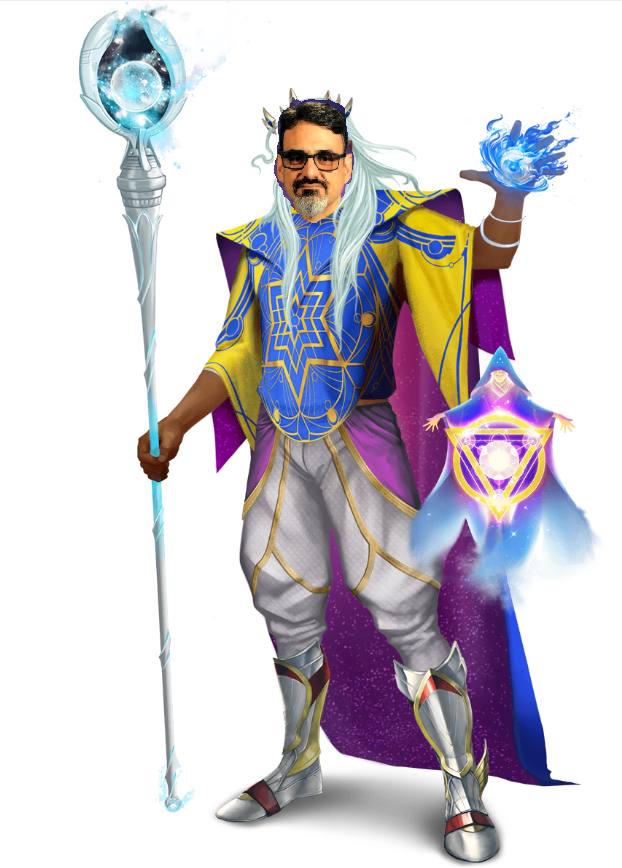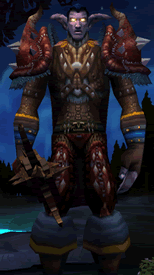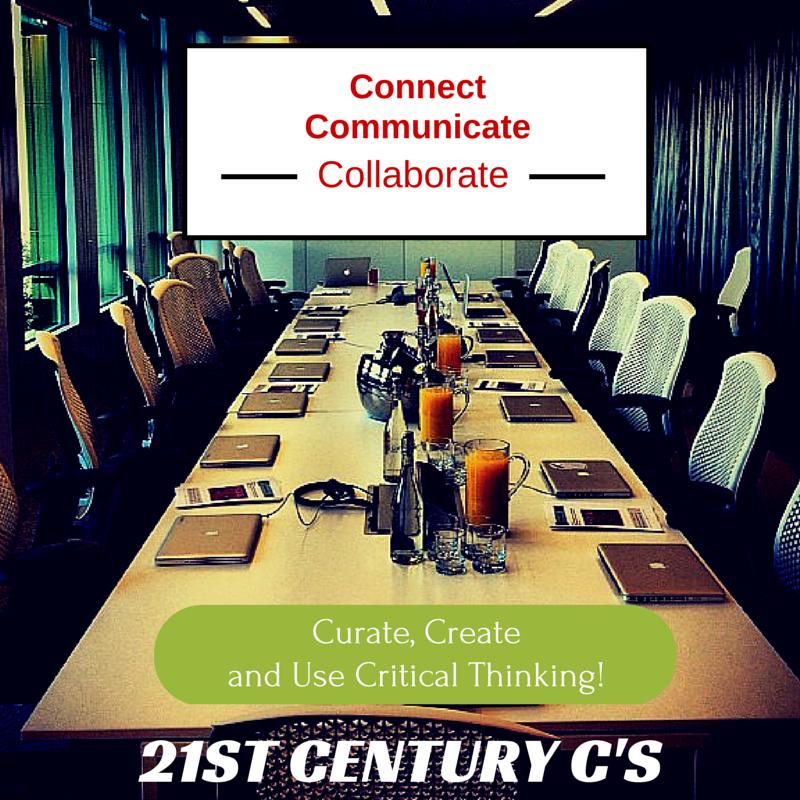Struggling with Reading
Back in May of 2012, I wrote a blog post sharing my struggles with reading. Although I read and read well and always did well in school, I don’t read much. Reading is often very tedious for me so it’s easier to read snippets or short passages, which is why I start and end every day reading blog posts instead of reading books.
Gamification
Ever since I started gamifying my courses and trying to find game-based learning opportunities for my students, I’ve gotten the chance to co-facilitate workshops on gamification and game-based learning. That has given me the opportunity to think a lot about gaming and specifically thinking about those students who are gamers. In December of 2013, I wrote a blog post reflecting on why I play video games and why kids play video games. Finding those two blog posts again, several years later, made me think about those of us who may not read a lot; I rarely read for pleasure, yet I play video games during times when I could be reading.
Gaming
It’s clear that gaming is a huge market, expected to be worth over 90 billion dollars by 2020 and that’s just in the U.S. Many parents and teachers have told children that playing games
Literacy in Schools
As teachers one of our main concerns is helping our students learn to read. I teach 6th grade and I know that many of my students come to me with reading disabilities of all different types. Many students struggle with reading or at least struggle with doing much if any reading at home. I haven’t taught Language Arts in many years but I hear that having kids complete reading logs or complete reading a certain number of books in a school year is not easy. How would those kids who don’t read much if at all do if there were other ways to engage with a story?
Different Media, Including Games
In schools with tablets or Chromebooks or laptops, students have access to digital reading tools to help them read, text to speech, and write, speech to text as well as spelling and grammar support tools. Students also have access to videos via Youtube. With tools like Ted-Ed and Ed Puzzle videos can be used in the classroom in addition to websites and texts. Up and coming in helping students learn with a different medium are games. Using actual games to help students learn content and/or skills is what is referred to as Game-Based Learning or GBL.
GBL with World of Warcraft
Reading in Games?
So I wonder how much reading we gamers actually get from video-gaming? For me, it’s way easier and way more fun to play WoW than it is to read a book about an Elf Druid fighting for the Alliance against the Horde. Both the game and the book have the same character going through the same adventure but in the game not only do I get to play as the main character instead of reading about him, but it’s also fast-paced and exciting to keep my attention. To be honest though, when I get to the points in the game where I get to read about what is happening and the next quest is all about, I do skim to get to the part that tells me what I need to do. I noticed that my 6th graders play like that, too. We pay little attention to the story details and get the story from actual play instead of stopping to read. And while gamers used to have to read online guides for getting through tough parts of games, now we can just watch a Youtube video showing us how to get past those tough parts!
So while I’m not suggesting that playing games should replace reading, I do know that, like me, many of our students will spend their evenings and weekends and holidays playing games instead of reading books. That’s not much different than previous generations of kids who either listened to the radio or watched TV instead of reading. So what does this all mean? Besides moving the focus from Reading, wRiting, and aRithmetic (the 3 R’s) to Connecting, Communicating, and Collaborating using Critical Thinking there are more literacies now than there were when I went to school.
I don’t know the long-term implications of what we’re seeing but I do know that the allure of gaming is strong. In a game you are in charge, it’s an active process as opposed to reading where you are not able to direct the story. Games, like movies, are also more engaging visually and orally. But then again, reading allows us to use our imaginations. Just thinking aloud here. What are you thoughts?




















































